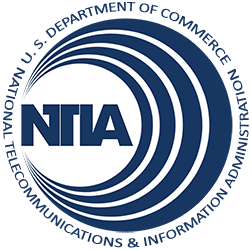NTIA Broadband Program Supports Workforce Preparation Across the United States
“It’s been great seeing people come back and say, ‘I’ve been able to get a job,’ after we helped them with sprucing up their résumé and applying for jobs online.” - PCC Staff Member, Las Vegas Urban League
“Without this computer lab, we would not be getting people the jobs that we’re getting them. It’s just a great thing.” - Staff Member, Workforce West Virginia
Last week, President Obama signed the Workforce Innovation and Opportunity Act aimed at creating a more flexible and responsive system of workforce development to meet the needs of employers looking to fill 21st century jobs. Ensuring U.S. workers are able to compete and succeed is a key priority at the U.S. Commerce Department. Secretary of Commerce Penny Pritzker served on a task force with Vice President Biden that recently released a report looking at solutions for making the nation’s workforce and training system more job-driven, integrated and effective.
